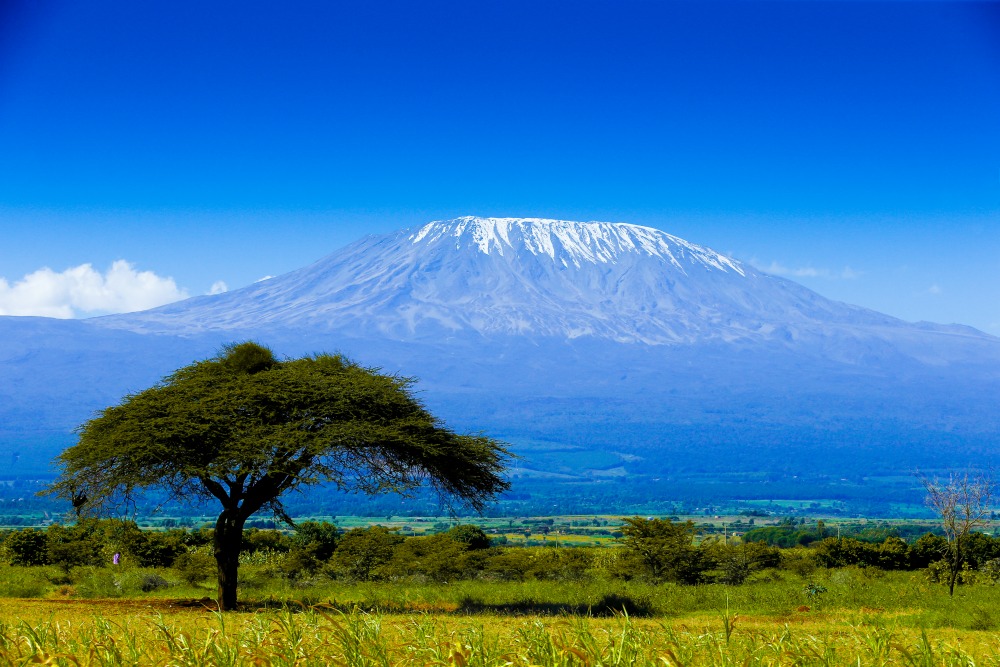Implementing strategy is like climbing Kilimanjaro
2016-10-07 Juha Hynynen

I have been recently fortunate to facilitate the annual strategy discussions of a few internationally oriented companies. Some of them are large, some small but all great companies. The script & flow of the events has followed the mountain climbing paradigm:
The group is on a common MISSION and has a strong common VISION to climb the highest peak of the mountain. It is really far away and partially behind the clouds but, nevertheless, everybody understands that it is the top of that mountain where we wish to go.
The group first gathers in the village in the valley to catch up after being separated since the previous adventure. An update of what got us here, i.e., implementation of the STRATEGY so far is shared, and everybody gets excited about the continuing journey ahead.
Then the enthusiastic and inspired planning starts: To give more structure to the climb the expedition is split into smaller teams, individual STRATEGIC FOCUS AREAS. The teams around the focus areas first start figuring out “what do we want to be in the future”, or, “how does our dedicated strategic focus area look like when we have reached that shiny peak of the mountain”? As we obviously have been successful, what does our success look like when viewed from the top of the World?
Now the target – the vision - is set for all strategic areas and the planning continues. The journey to the top takes a while and requires phased planning: What are the intermediate base camps, MILESTONES, on our path all the way to the top? There might be different SCENARIOS as to the detailed routes between the basecamps. Alternative scenarios are useful, as the weather conditions and other circumstances are unpredictable and you need to be prepared to finalize the detailed action plans once the circumstances get known to you.
Now the teams have clear goals and a set of intermediate stages to reach the vision, they need to understand what gear is needed on the journey to be successful: Which VALUES to hold onto, which behavior to enforce, what to stop doing, which COMPETENCES to acquire, what systems to build etc. Without proper gear the expedition is bound to fail and the group might have to return back to the village from the first base camp.
But these teams are clever and they now have the vision for all strategic focus areas, the base camps defined to guide the journey all the way to the top, and the required gear to be successful. The last thing to do before some rest to precede the start of the climb is to define clear actions for getting to the first base camp; getting there typically takes one year: What exactly and in concrete terms is going to be done and by when, and who in the team is in charge. Moreover, how do we measure the success of the ACTIONS, what are the KPI’s and their target values?
The atmosphere in all of the strategy planning discussions following the story line above has been full of excitement, laughter and a feeling of communality. Everybody gets to participate in the planning of the expedition and at the end, cannot wait to get going to start the climb. The used approach to strategy planning makes understanding of the strategy very clear, and breaks it down to individual strategic focus areas of manageable chunks.
How do you run your annual strategy updates? If interested to get on track to tame the Kilimanjaro we can help you!
 Juha Hynynen, Managing Partner
Juha Hynynen, Managing Partner

I have been recently fortunate to facilitate the annual strategy discussions of a few internationally oriented companies. Some of them are large, some small but all great companies. The script & flow of the events has followed the mountain climbing paradigm:
The group is on a common MISSION and has a strong common VISION to climb the highest peak of the mountain. It is really far away and partially behind the clouds but, nevertheless, everybody understands that it is the top of that mountain where we wish to go.
The group first gathers in the village in the valley to catch up after being separated since the previous adventure. An update of what got us here, i.e., implementation of the STRATEGY so far is shared, and everybody gets excited about the continuing journey ahead.
Then the enthusiastic and inspired planning starts: To give more structure to the climb the expedition is split into smaller teams, individual STRATEGIC FOCUS AREAS. The teams around the focus areas first start figuring out “what do we want to be in the future”, or, “how does our dedicated strategic focus area look like when we have reached that shiny peak of the mountain”? As we obviously have been successful, what does our success look like when viewed from the top of the World?
Now the target – the vision - is set for all strategic areas and the planning continues. The journey to the top takes a while and requires phased planning: What are the intermediate base camps, MILESTONES, on our path all the way to the top? There might be different SCENARIOS as to the detailed routes between the basecamps. Alternative scenarios are useful, as the weather conditions and other circumstances are unpredictable and you need to be prepared to finalize the detailed action plans once the circumstances get known to you.
Now the teams have clear goals and a set of intermediate stages to reach the vision, they need to understand what gear is needed on the journey to be successful: Which VALUES to hold onto, which behavior to enforce, what to stop doing, which COMPETENCES to acquire, what systems to build etc. Without proper gear the expedition is bound to fail and the group might have to return back to the village from the first base camp.
But these teams are clever and they now have the vision for all strategic focus areas, the base camps defined to guide the journey all the way to the top, and the required gear to be successful. The last thing to do before some rest to precede the start of the climb is to define clear actions for getting to the first base camp; getting there typically takes one year: What exactly and in concrete terms is going to be done and by when, and who in the team is in charge. Moreover, how do we measure the success of the ACTIONS, what are the KPI’s and their target values?
The atmosphere in all of the strategy planning discussions following the story line above has been full of excitement, laughter and a feeling of communality. Everybody gets to participate in the planning of the expedition and at the end, cannot wait to get going to start the climb. The used approach to strategy planning makes understanding of the strategy very clear, and breaks it down to individual strategic focus areas of manageable chunks.
How do you run your annual strategy updates? If interested to get on track to tame the Kilimanjaro we can help you!
 Juha Hynynen, Managing Partner
Juha Hynynen, Managing Partner
